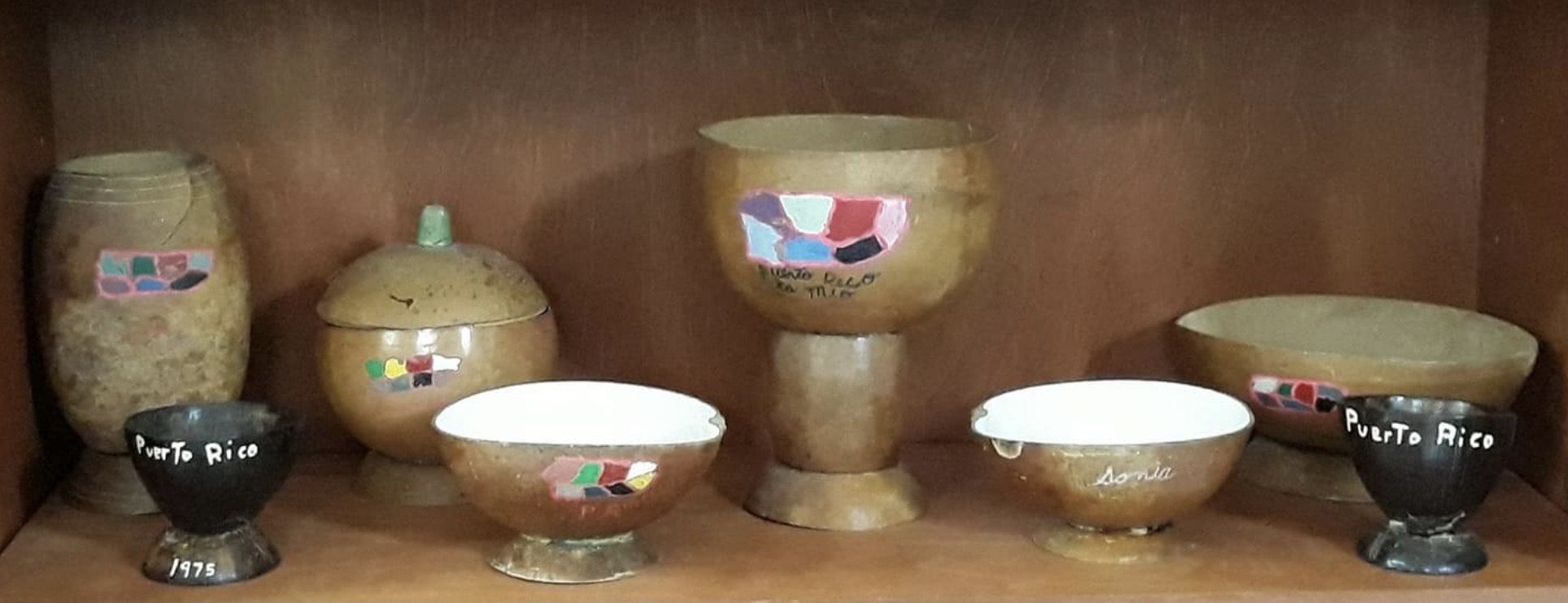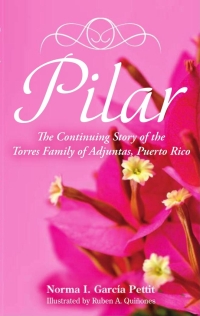Do You Know What These Are?

These are ditas, or traditional Puerto Rican bowls. The larger, oblong bowls are made from the gourd-like fruit of a calabash tree called the higüero. The smaller ones are made from the dried out shell of a coconut. The Taíno Indians constructed different types of domestic items, such as bowls and cups, and this practice survived well into the twentieth century, especially in rural areas of the island.
My entire collection of ditas was made by my father, Oscar Cruz García in the mid 1970s. I am not sure what prompted him to start making these, but all I can say is that he was artistic and talented, and maybe he was remembering his childhood. He was born in 1910 in the mountains of Peñuelas, in a barrio called Santo Domingo. His DNA was never tested, but mine has been, and my results state that I am 21% indigenous. I can only imagine that my father had a greater percentage of Taíno blood in him. Moreover, his were very humble beginnings, and I am certain that ditas were more readily accessible than china dinnerware.
Nowadays, ditas are popular items in craft fairs all over the island. Higüeras and coconut shells are used to make maracas – I have a pair that my father made. The smooth exterior can be painted, and local artisans have taken to using them as a canvas for their paintings. Other craftspeople engrave Taíno symbols on them. Here are some beautiful examples of higüera artwork that I found online.

In both my first book, Luisa, and my soon-to-be-published second book, Sebastián, homemade bowls made from coconut shells and higüeras are mentioned. Here is an excerpt from Sebastián:
Chenta and Pilar had prepared a huge pot of arroz con pollo (chicken with rice) which was supplemented with maduros and slices of avocado. Rosa had baked bread and Sebastiana had made tembleque as a special treat for dessert. This jiggly coconut pudding, with its creamy rich sweetness and flavor, was a particular favorite of the children. They eagerly ate every last grain of rice in their ditas, bowls made out of the dried shell of fruit from the higüera tree. They knew that Chenta would say that if they weren’t hungry enough to eat all of their supper, they were not hungry for dessert, either. Generally, though, getting the children to eat all of their food was not a problem, unless they were sick. More often it was a case of there not being enough food to fill all the little tummies. That night’s spread was a special feast.
